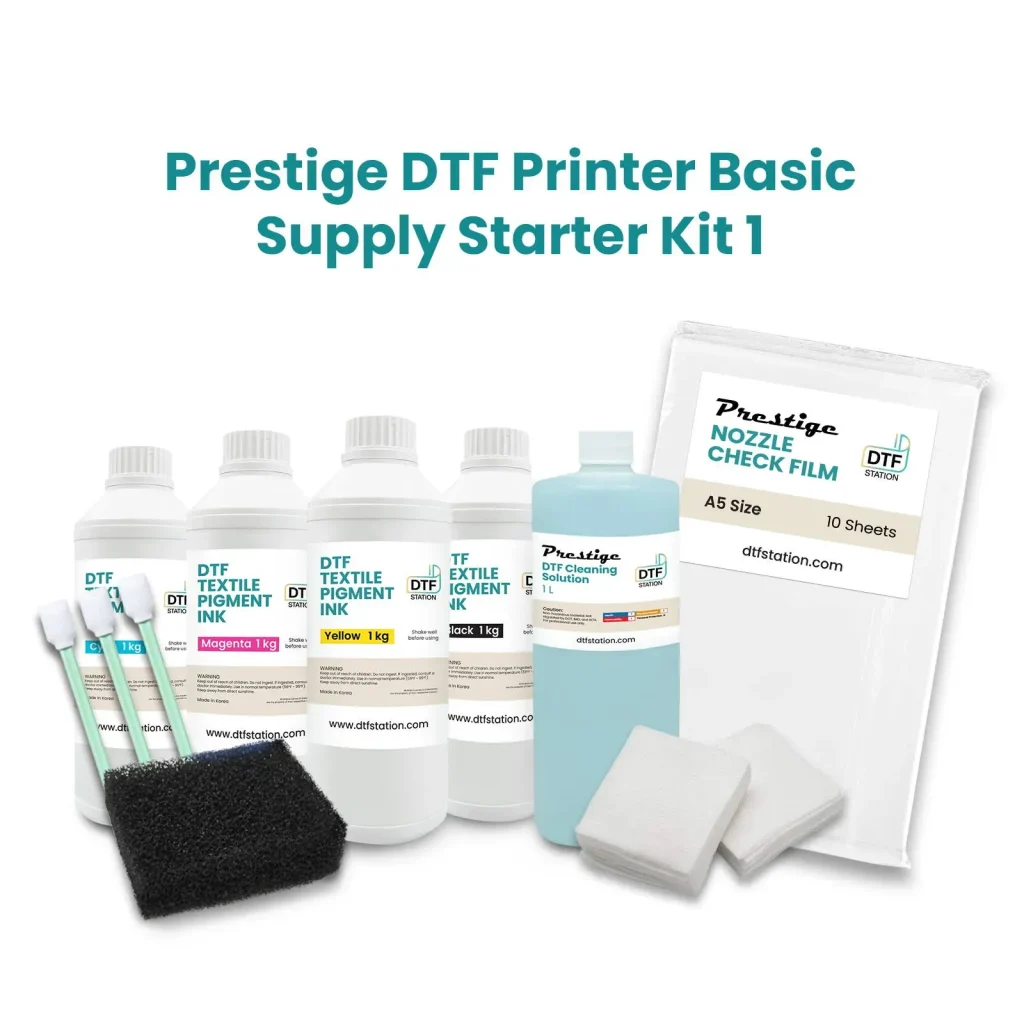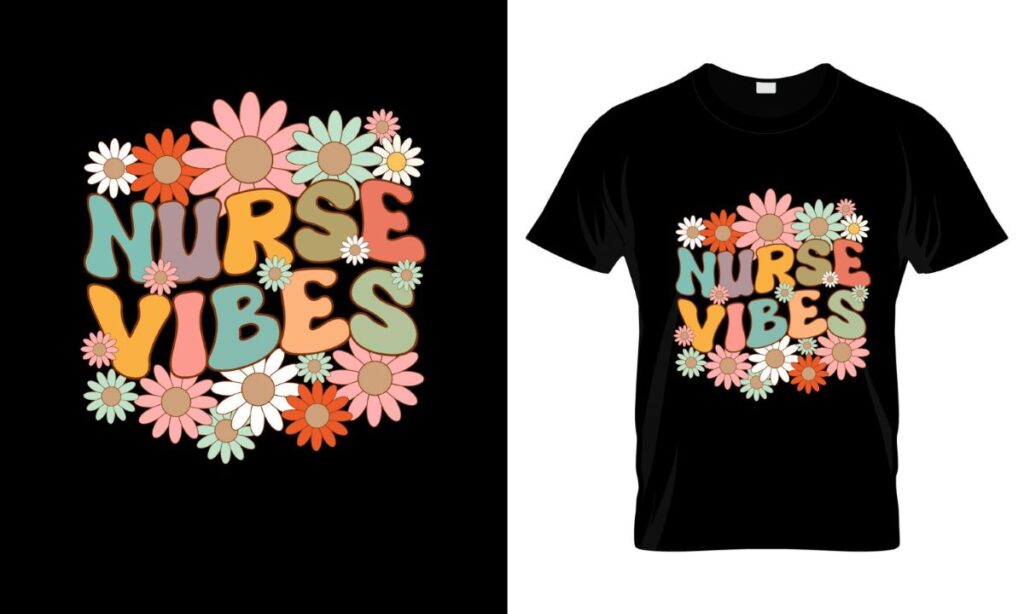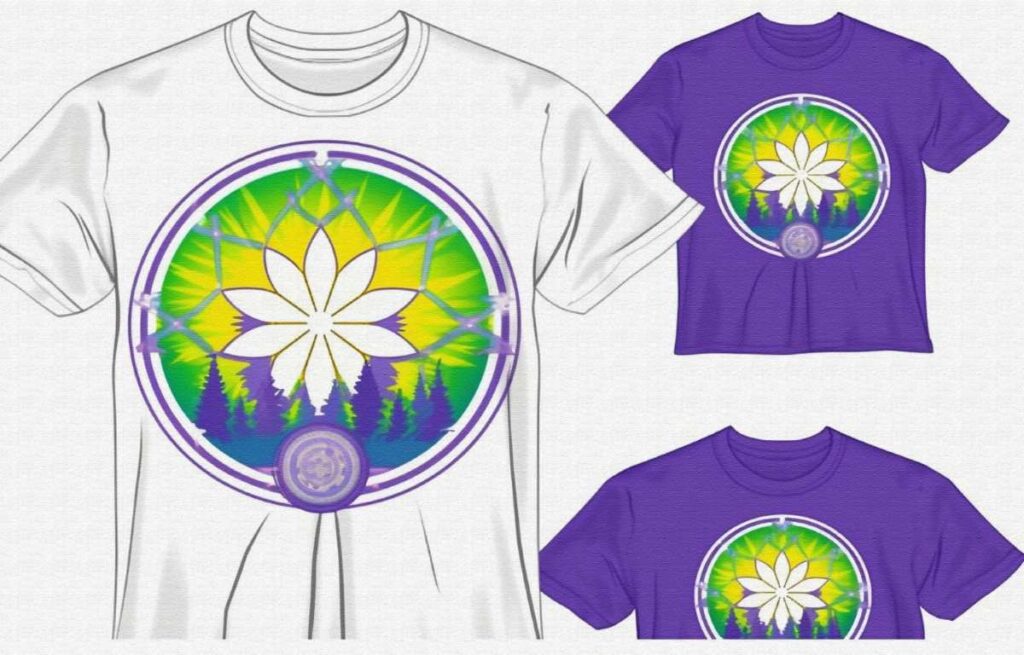DTF Supplies are essential components of the revolutionary Direct-to-Film (DTF) printing process, which has taken the custom apparel industry by storm. This innovative printing technique allows creators to craft stunning designs on various fabric types, including cotton and polyester, with remarkable vibrant colors and durability. To ensure successful transfers, it is crucial to utilize top-notch DTF equipment, such as specialized DTF printers, high-quality transfer films, and practical DTF accessories. In this guide, we will uncover everything you need to know about DTF printing, including recommendations for the right supplies and tips for optimizing your printing process. Dive into the world of DTF supplies to elevate your designs and achieve lasting impressions in the fashion landscape.
Direct-to-Film printing, often referred to as DTF printing, is transforming the way custom designs are applied to garments. The necessary supplies for this printing method, including transfer films and specialized printers, are key to successful and vibrant results. Various DTF equipment, from heat presses to curing ovens, plays a pivotal role in ensuring the longevity of your prints. Additionally, DTF accessories, such as adhesive powder, provide the necessary adhesion required to bond the designs seamlessly to the fabric. Understanding these components will empower you to harness the full potential of this cutting-edge printing technique.
Understanding DTF Printing Technology
DTF printing, or Direct-to-Film printing, has emerged as a transformative technology in the realm of custom printing and apparel. By utilizing a specialized DTF printer, users can print high-quality images directly onto a transfer film. This method is particularly advantageous because it allows for the use of vibrant, water-based inks that adhere excellently to various fabric types, including cotton, polyester, and blends. This versatility is one of the reasons DTF printing is increasingly favored by businesses looking to expand their product offerings.
Moreover, the DTF process does not limit designs to just light-colored fabrics. The use of opaque DTF transfer film allows for stunning graphic reproduction on darker materials, making it a powerful tool for diverse applications across fashion, merchandise, and promotional items. As businesses seek ways to differentiate themselves in a competitive market, mastering DTF printing technology is essential for creating vivid, long-lasting images that capture consumer attention.
Essential DTF Supplies for High-Quality Transfers
To achieve premium prints in DTF printing, having the right supplies is non-negotiable. The foundational element of your printing setup will begin with DTF transfer films, which serve as the canvas for your designs. High-quality films ensure optimal ink absorption and sufficient adhesion once heat is applied. Whether you opt for transparent or opaque films, your choice should correspond to the fabric type and desired print effect.
Additionally, investing in accessories such as hot-melt adhesive powder is crucial. This component, sprinkled over the still-wet printed design on the DTF film, bonds the ink to the fabric during the transfer process. Using the correct formulation of adhesive powder tailored to specific fabrics will enhance the durability and quality of your prints, ensuring they withstand wear and washing. Without these essential supplies, achieving the vibrant results that DTF printing promises would be significantly hindered.
Choosing the Right DTF Printer
Selecting the ideal DTF printer is a fundamental step in ensuring success in the custom apparel industry. DTF printers are precision machines designed to handle specific inks and film types, allowing for high-resolution output. Popular brands like Epson and Roland offer reliable models that cater to various printing needs, whether you’re starting with small batches or aiming for large-scale production. When choosing a printer, it is crucial to consider print speed, resolution capabilities, and user-friendliness to optimize your workflow.
Furthermore, the compatibility of your DTF printer with the types of DTF transfer film and ink you plan to use is vital. A mismatched printer can lead to subpar results or increased maintenance. To maximize your investment, look for models that allow for easy adjustments and flexible settings suited for a range of fabrics. A well-matched DTF printer will enable you to produce consistent, high-quality transfers that meet client expectations.
The Importance of Heat Press in DTF Printing
The heat press is an indispensable tool in the DTF printing process, as it plays a critical role in transferring the printed design onto the fabric. It applies both heat and pressure, which are essential for activating the adhesive powder, allowing for strong bonding between the print and the fabric. There are various types of heat presses, including swing-away and clamshell designs, each offering unique advantages based on your workspace and production needs.
For optimal results, it’s crucial to invest in a heat press that allows for precise control over temperature and pressure settings. Inconsistent heat can lead to poor adhesion, resulting in designs that peel or fade over time. By carefully selecting and utilizing a high-quality heat press, you enhance the longevity of your creations, ensuring they meet the expectations of customers who value durability alongside aesthetic appeal.
Demystifying the DTF Process
The DTF printing process begins with the design stage, where your graphics are printed onto DTF transfer film using a DTF printer. This initial step must be executed with precision to ensure that the colors are vibrant and the details are sharp. Make sure to adjust the printer settings adequately to align with your chosen transfer film and ink. Following this, applying hot-melt adhesive powder correctly is key; it’s essential to do this while the ink remains wet so that the bond forms effectively during curing.
After curing—whether with a heat press or a dedicated curing oven—the design is ready for transfer. This stage involves placing the film on the desired fabric and applying heat and pressure to solidify the bond. Understanding each step in this process allows creatives to troubleshoot potential issues like fading or peeling, enhancing the overall quality of the final product. By mastering these steps, you elevate your DTF printing capabilities and set yourself apart in the competitive printing industry.
Exploring Current Trends in DTF Supplies and Equipment
As the DTF printing landscape evolves, several trends have emerged that can significantly affect how businesses operate. One noteworthy trend is the growing demand for eco-friendly inks, responding to consumer preferences for sustainable practices. These inks not only reduce environmental impact but also maintain quality, durability, and vibrant colors, making them suitable for high-end fashion lines that prioritize sustainability.
Additionally, the ergonomic design of DTF printing equipment is gaining traction. Manufacturers are recognizing the need for equipment that supports user comfort, especially during long printing runs. This evolution in equipment design not only enhances productivity but also promotes better workplace practices by mitigating the risk of strain injuries amongst operators. Keeping abreast of these trends allows businesses to stay competitive while catering to a growing consumer base that values both sustainability and worker welfare.
Frequently Asked Questions
What DTF supplies are essential for starting a DTF printing business?
To start a DTF printing business, essential DTF supplies include a high-quality DTF printer, DTF transfer film, hot-melt adhesive powder, pigment-based DTF inks, and a reliable heat press. Investing in these items ensures you can produce vibrant, durable prints on various fabrics.
How does DTF transfer film impact printing quality in DTF supplies?
DTF transfer film plays a crucial role in printing quality. The right DTF transfer film provides a smooth surface for better ink adhesion and optimal transfer results, ensuring that designs are vibrant and last through multiple washes. Choosing high-quality films will significantly enhance your overall printing outcomes.
What type of DTF printer is best for high-volume production?
For high-volume production, consider investing in specialized DTF printers from reputable brands like Epson or Roland. These printers deliver high-resolution images and are designed for efficiency, making them suitable for businesses that require rapid production of DTF prints.
Can I use standard inks with DTF supplies for printing?
No, using standard inks with DTF supplies is not recommended. DTF printing requires specially formulated pigment-based inks that are compatible with DTF transfer film and adhesive powder to ensure vibrant colors and long-lasting results on garments.
What maintenance do DTF printers require for optimal performance?
To maintain your DTF printer, regularly clean the print heads to prevent clogging and perform routine checks on the ink levels and print settings. It’s also beneficial to run test prints to ensure quality and make necessary adjustments based on your fabric type and transfer requirements.
What accessories enhance the DTF printing process?
Key DTF accessories that enhance the printing process include a curing oven for consistent curing results, various adhesive powders suited for different fabrics, and tools for precise heat press operation. Investing in these accessories can help improve efficiency and print quality.
| Equipment/Supplies | Description | Recommendations | |
|---|---|---|---|
| DTF Printer | The heart of your DTF setup that prints designs on transfer film. | ||
Summary
DTF Supplies are the essential components needed for successful transfers in the custom apparel industry. With the rise of DTF printing, quality materials such as specialized printers, heat presses, and high-grade transfer films are at the forefront of creating vivid prints on various fabrics. Understanding the importance of each supply and investing in the right equipment ensures that businesses can achieve the stunning, durable designs desired. Embracing these DTF supplies not only streamlines the printing process but also enhances the overall quality of the final product, empowering creators to deliver exceptional custom garments.



